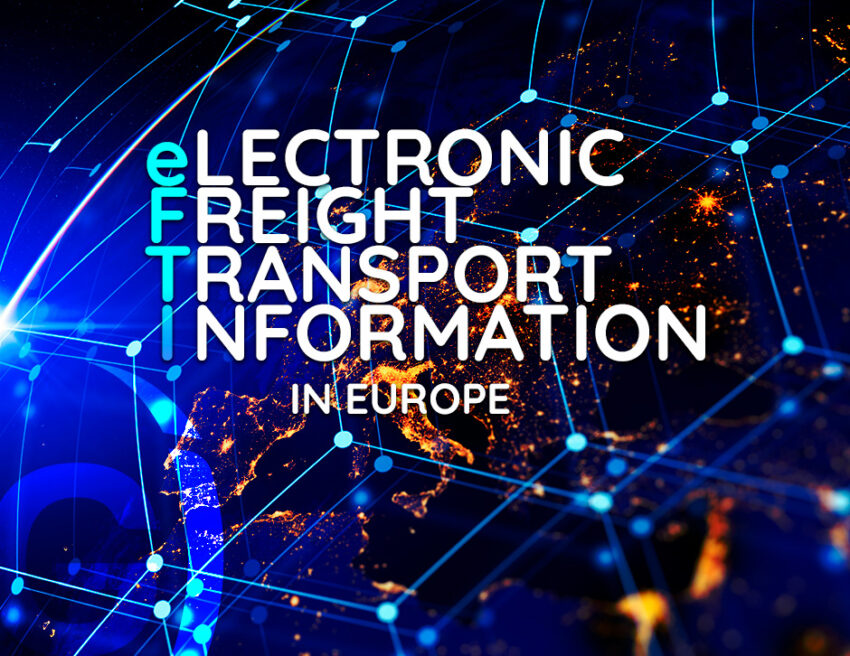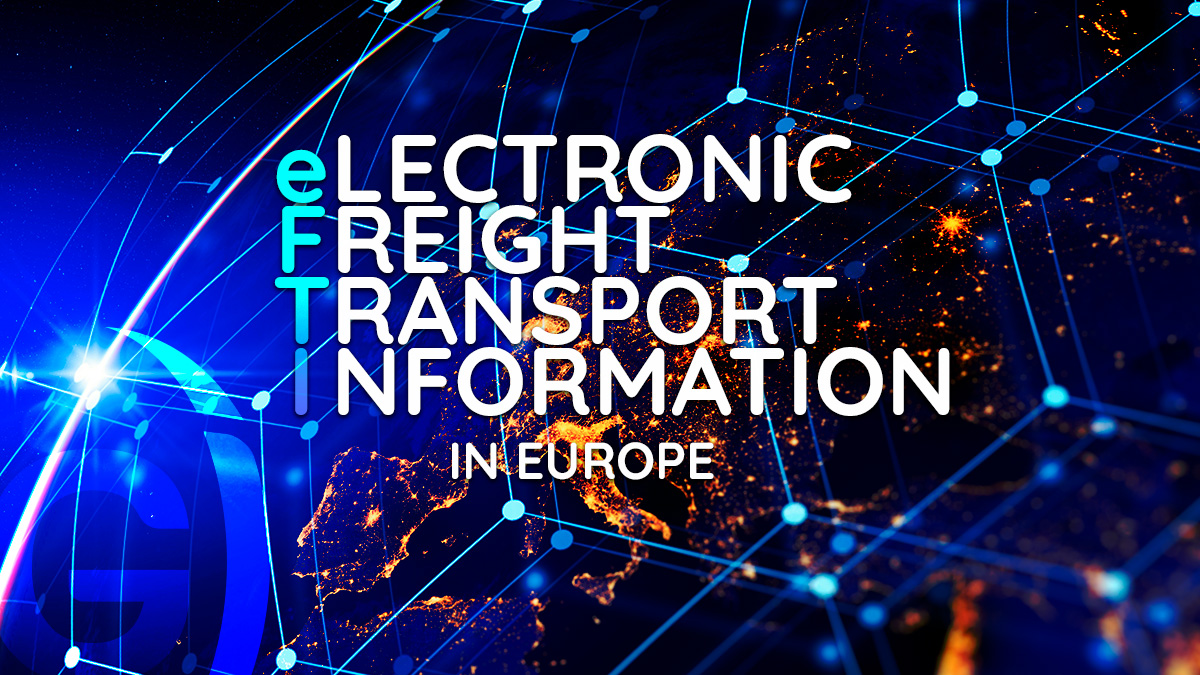In the landscape preceding the implementation of the Electronic Freight Transport Information (eFTI) system, the freight transportation sector grappled with a plethora of challenges. Paper-based documentation, fragmented data exchange among stakeholders, and the absence of standardized transmission methods hindered operational efficiency, leading to delays, heightened administrative costs, and unnecessary emissions from document production.
In response to these challenges and with a vision to drive digital transformation in freight transportation and logistics, the European Commission enacted the Electronic Freight Transport Information Regulation (eFTI 2020/1056) in 2020. This regulation aims to catalyze the adoption of digital technologies in the industry, with the following key objectives:
- Facilitating Compliance: The eFTI system streamlines regulatory compliance by digitizing the documentation required for transporting goods, simplifying processes for businesses.
- Cost Reduction: By reducing reliance on paper-based documentation and streamlining administrative procedures, the eFTI system lowers operational costs for industry operators.
- Enhancing Enforcement: Competent authorities are empowered to acknowledge electronically provided information regarding goods transport, bolstering regulatory oversight and enforcement capabilities.
- Ensuring Consistency: The eFTI system mandates competent authorities to uniformly accept electronic data, ensuring consistent application across the transportation sector.
- Promoting Interoperability: The regulation encourages interoperability among various IT systems and solutions utilized across the industry, fostering seamless data exchange and collaboration among stakeholders.



